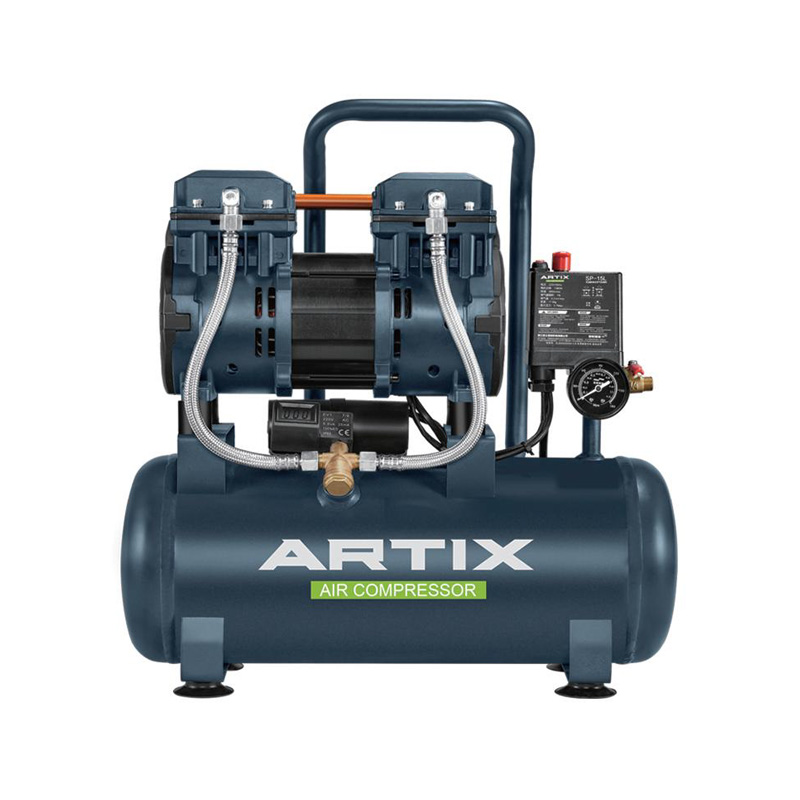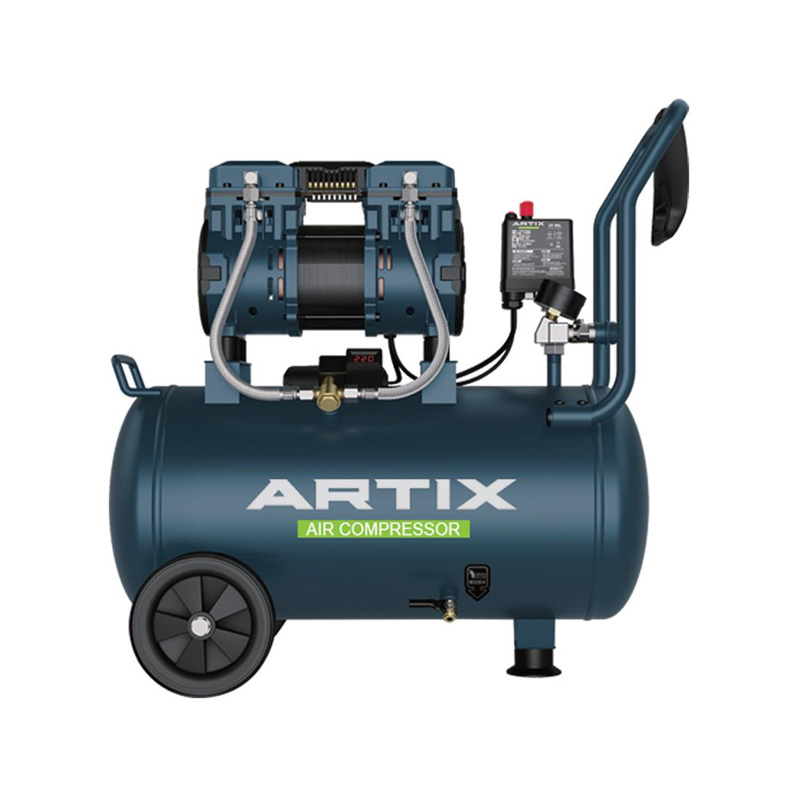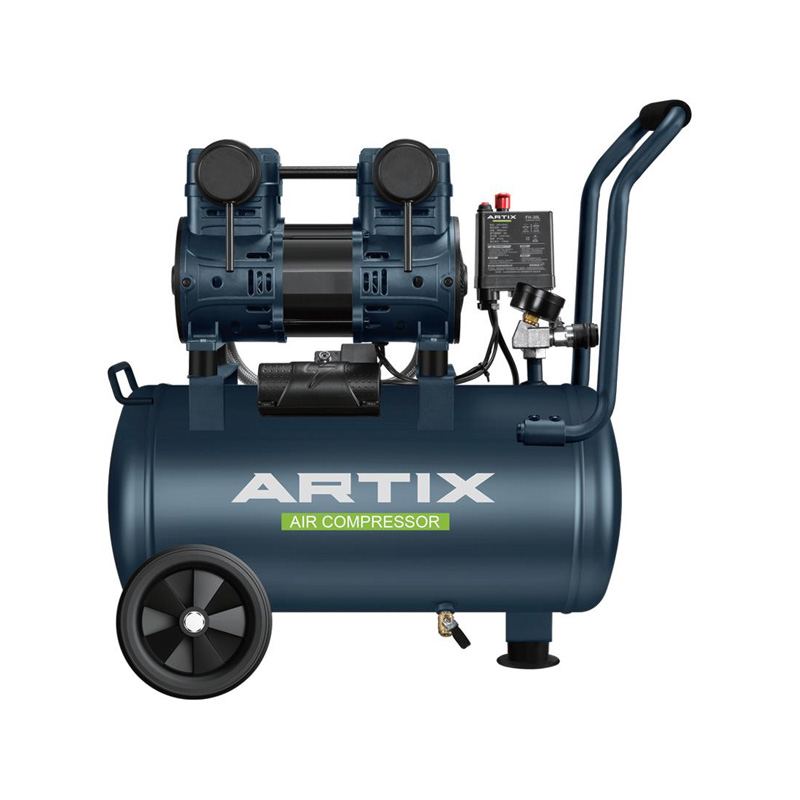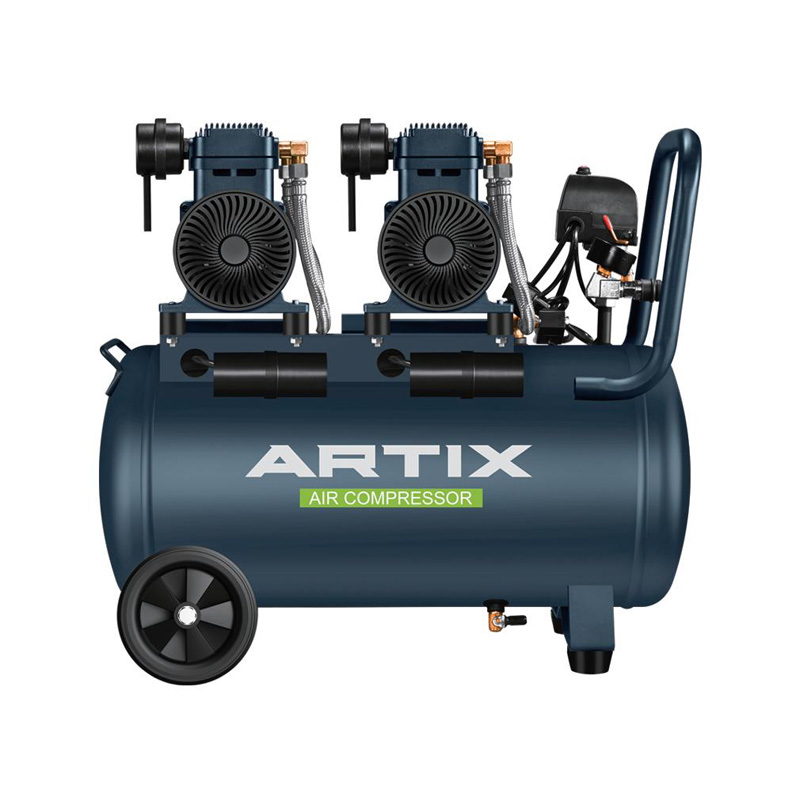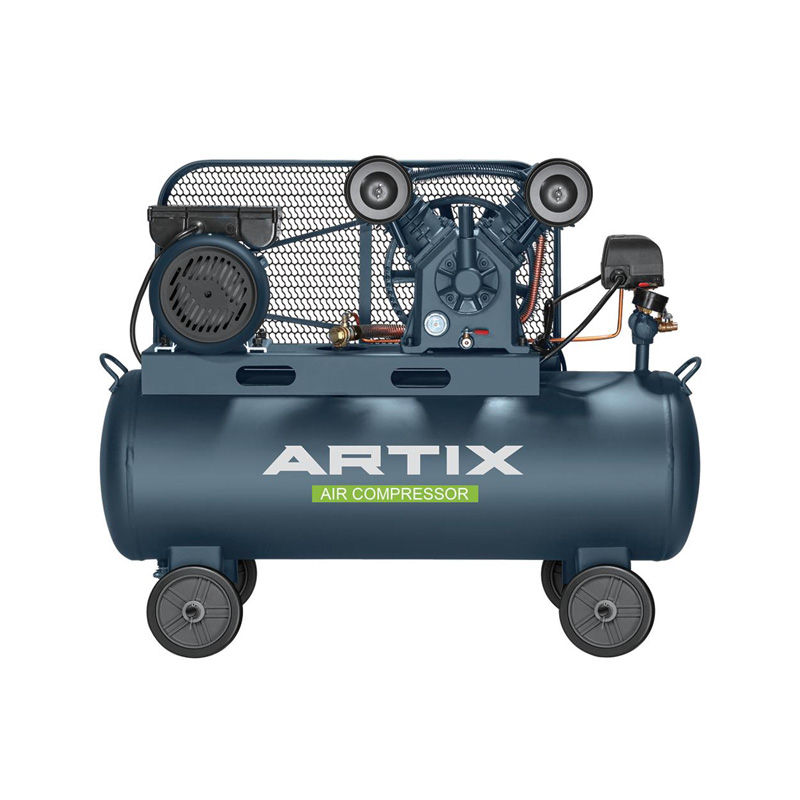When selecting equipment for industrial applications, understanding the core differences between a Belt Driven Compressor and a Direct Drive Compressor is essential. While belt drive models offer flexibility for varying pressures, the Direct Drive Compressor delivers notable long-term benefits when performance consistency and energy efficiency are priorities.
1. Mechanical Efficiency and Energy Savings
A Direct Drive Compressor connects the motor directly to the pump, eliminating losses associated with belts or pulleys. This direct connection yields higher energy efficiency and contributes to lower electricity use—important in high-utilization scenarios.
By contrast, a Belt Driven Compressor incurs transmission losses. Even with high-quality belts, some energy is dissipated as heat or slip. In scenarios with frequent no-load periods, belt-driven models may still save on idle energy, but under sustained load, direct drive systems tend to prove more efficient overall.
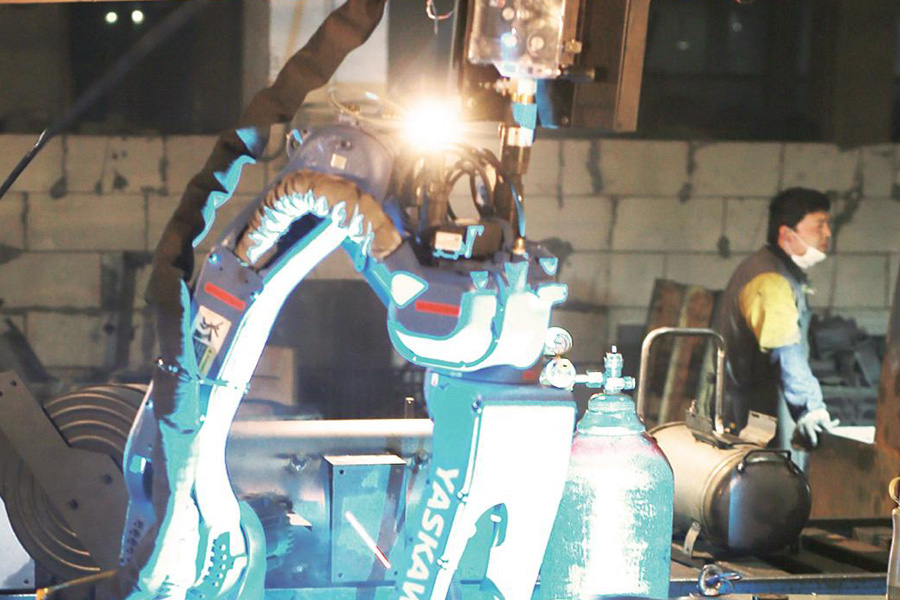
2. Maintenance and Reliability
Operating with fewer moving parts, a Direct Drive Compressor requires less routine maintenance. Without belts, there's no need for tension checks or replacements. This straightforward design not only saves time but also reduces long-term maintenance costs.
In contrast, Belt Driven Compressor systems involve more components that require inspection and upkeep—belts, pulleys, tensioners—all of which can cause increased downtime if not properly managed.
3. Operating in Harsh Conditions
Direct drive systems are well-suited for harsh industrial environments. With fewer exposed parts, they can better resist dust, moisture, and harsh temperatures. A Belt Driven Compressor may face performance challenges when belts are exposed to such harsh conditions—wear, slippage, or degradation may occur.
4. Noise and Vibration
Minimal mechanical components and direct coupling mean a Direct Drive Compressor often operates more quietly and with less vibration
Fluid-Aire Dynamics. Meanwhile, a Belt Driven Compressor can produce more noise due to belt vibrations or misalignments, though it does offer some vibration dampening benefits thanks to belt elasticity.
5. Environmental and Energy Considerations
There’s an increasing focus on energy efficiency and sustainability. A Direct Drive Compressor tends to produce lower greenhouse gas emissions due to its energy-efficient design. Additionally, it has fewer parts, reducing material waste and environmental footprint.
6. When Belt Drive Still Makes Sense
That said, Belt Driven Compressor systems retain clear advantages where flexibility is important. For applications with variable air demands or where modulation of pressure is needed, changing pullies on a belt-driven system is easier and more practical. They also tend to be quieter initially and may have lower upfront costs, which can make them suitable for intermittent usage scenarios.
7. Artix's Tailored Approach
At Artix, we recognize that different industries have different needs. When energy efficiency, low noise, and durability in demanding environments matter, our Direct Drive Compressor range is engineered to meet those requirements head-on. Robust components, streamlined design, and precise manufacturing ensure reliable, silent, and efficient operation.
However, for clients needing variable output or cost-sensitive installations, our Belt Driven Compressor solutions remain a practical and adaptable choice, with easy adjustments on-site and simpler maintenance workflows.
To learn more about how our Direct Drive Compressor can enhance energy efficiency, reduce noise, and withstand tough industrial environments—or how a Belt Driven Compressor may offer the flexibility such projects demand—reach out to Artix today. We're committed to delivering tailored, reliable air compression solutions founded on years of technical expertise and craftsmanship.
